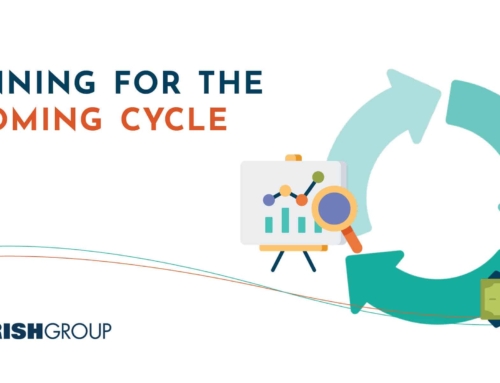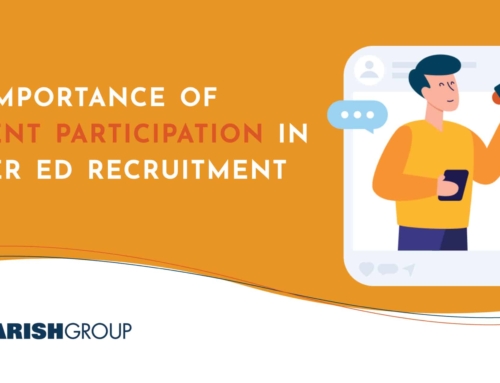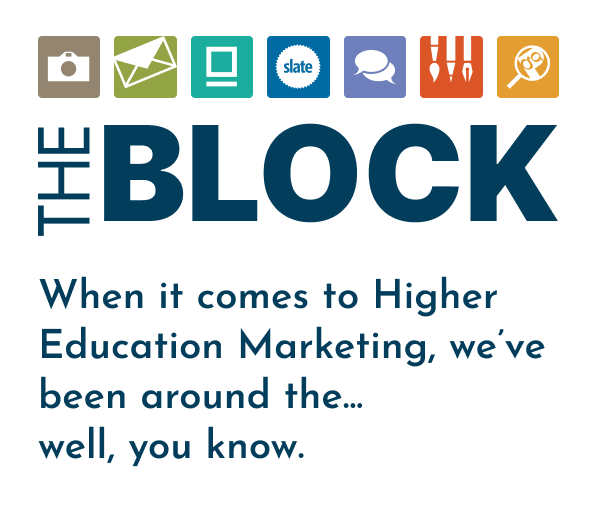
Deposits are down, or flat for many institutions. Every day we read about larger and larger percentages of students that are reconsidering their college choice.
The Department of Justice’s ruling and subsequent NACAC rule changes from last year have driven fears of competitors “poaching” students. You may have been considering/implementing these strategies yourself!
Now here come deep and wide budget cuts to our campuses.
As higher ed marketers, we dive into data to develop strategies and communications that enable an ongoing conversation with prospective students. The more personal, the better.
We develop models to discover markets to search, indicators for application likelihood, best financial aid packages to drive deposits, and expectations with overall melt and enrollment.
When you have something as unprecedented as a total shutdown of the global economy because of a virus, all of that hard work goes out the window. Most of those models are no longer valid.
It’s beyond time for a top-down review of every piece of your communication flow.
Start with your enrollment team and your plan.
Take the time to talk with the enrollment team.
The new realities of working from home and the uncertainty that surrounds higher ed is causing additional stress that needs to be acknowledged.
As a team, you need to rally, and everyone’s voice needs to be heard.
Authentic conversations with prospective students and their families are more important now than ever before. Their priorities have shifted, lives are disrupted, and money may be tight.
You have to shift your approach for the different reality. Take the time to consider how life has changed and develop a new summer plan.
Key Takeaways:
- Create a comprehensive microsite
One that’s easily accessible for new students and families will drive engagement.
- Flexibility is key.
Eliminate traditional barriers to students and families in all enrollment processes.
- Develop a personalized communication campaign that shares relevant information.
The right message and the right time.
Leveraging Data to Create Personalized Communications
Students want to be contacted!
Students and their families are spending more time at home and with that, they are spending more time online.
This is the perfect time to develop a message strategy to meet them where they are.
A well-constructed plan to communicate with students AND their parents with information that marries the data we already know about them and fills in the gaps of what else they need to do to move through the enrollment funnel.
Get personal.
Often, we know the basics. Location, DOB, major, etc are a good starting point. Creating personalized messages that contain content based on the major is an easy one, but what about location?
Pairing a prospective student with a current student or faculty member that has a similar background brings an instant realization that there are “people like me” on your campus.
Key Takeaways:
- It’s time for a new marketing plan.
Take this time to evaluate your messaging and reconfigure your calls to action. Data-driven, informative, and easy to follow.
- Institute a call campaign priority.
Applicants, accepted, and deposited students should have priority but segmenting the lists by proximity (distance from campus is going to be a big factor right now) and status will allow the focus to be relevant to where the prospect is on their journey.
Improving Conversion
Conversion has always been a concern on college campuses.
Now is the perfect time to make it a priority. With larger percentages of student’s reevaluation their college choice, it’s reopening the conversation on “fluff apps”.
What is the correct marketing mix?
Enrollment offices are always being asked to do more with less.
This year will challenge higher ed to be realistic and mindful about new marketing initiatives. Print, electronic, and digital all need to be in the mix, but the question is how much?
The key is segmentation and specific targeting. No more wide nets.
With the adoption of bigger and better CRMs, managing the communications of an enrollment office has become extremely automated.
This is good and bad. The good is that it is on autopilot and the bad, it’s on autopilot.
We have placed too much reliance on the “system” to do much of the work. We have lost the ability to interject the personal side of an emotionally charged decision of “fit.”
This reset has given us (old school peeps) the opportunity to go back to some of the basics of recruiting, like picking up the phone.
We are not going back to normal— we are creating a new one…








